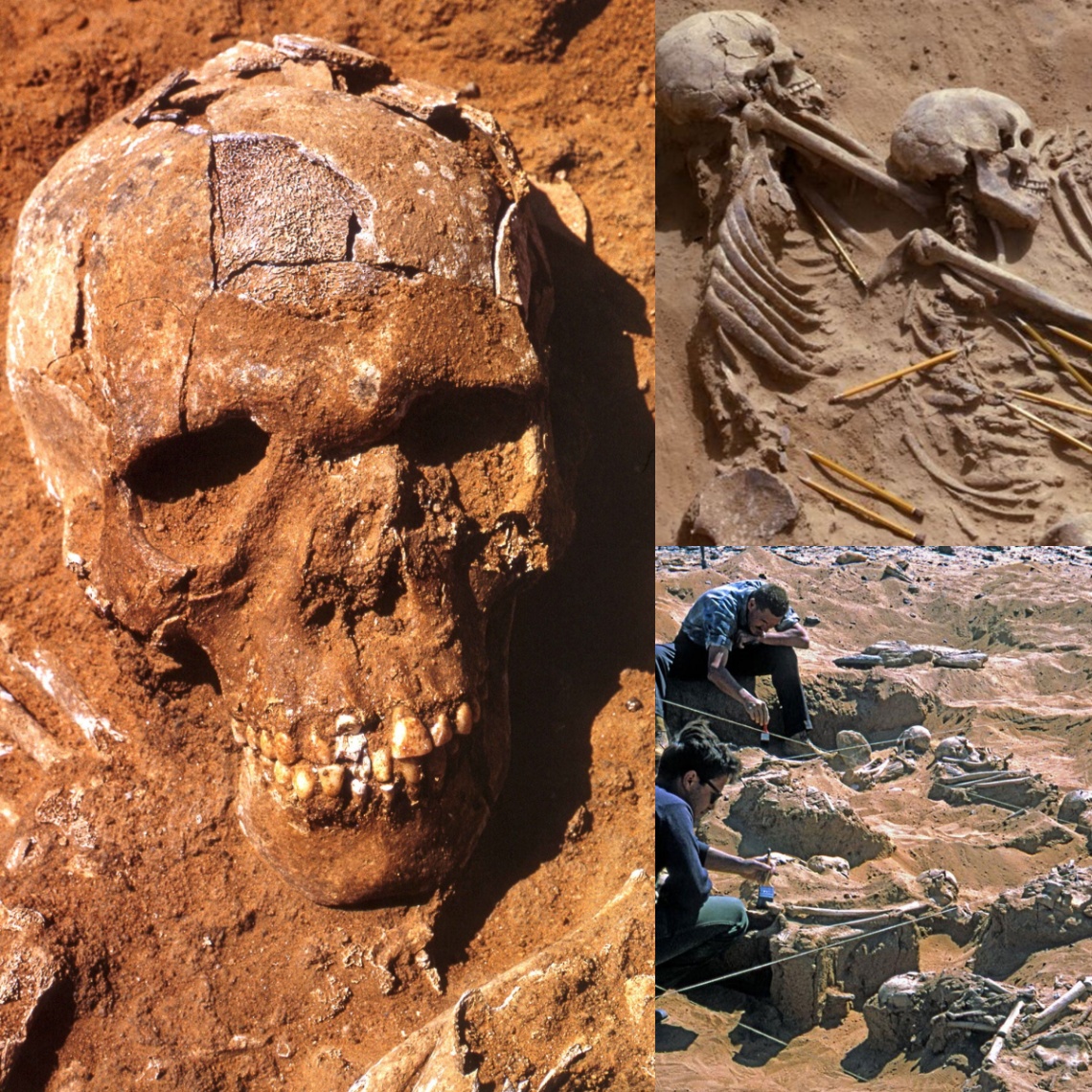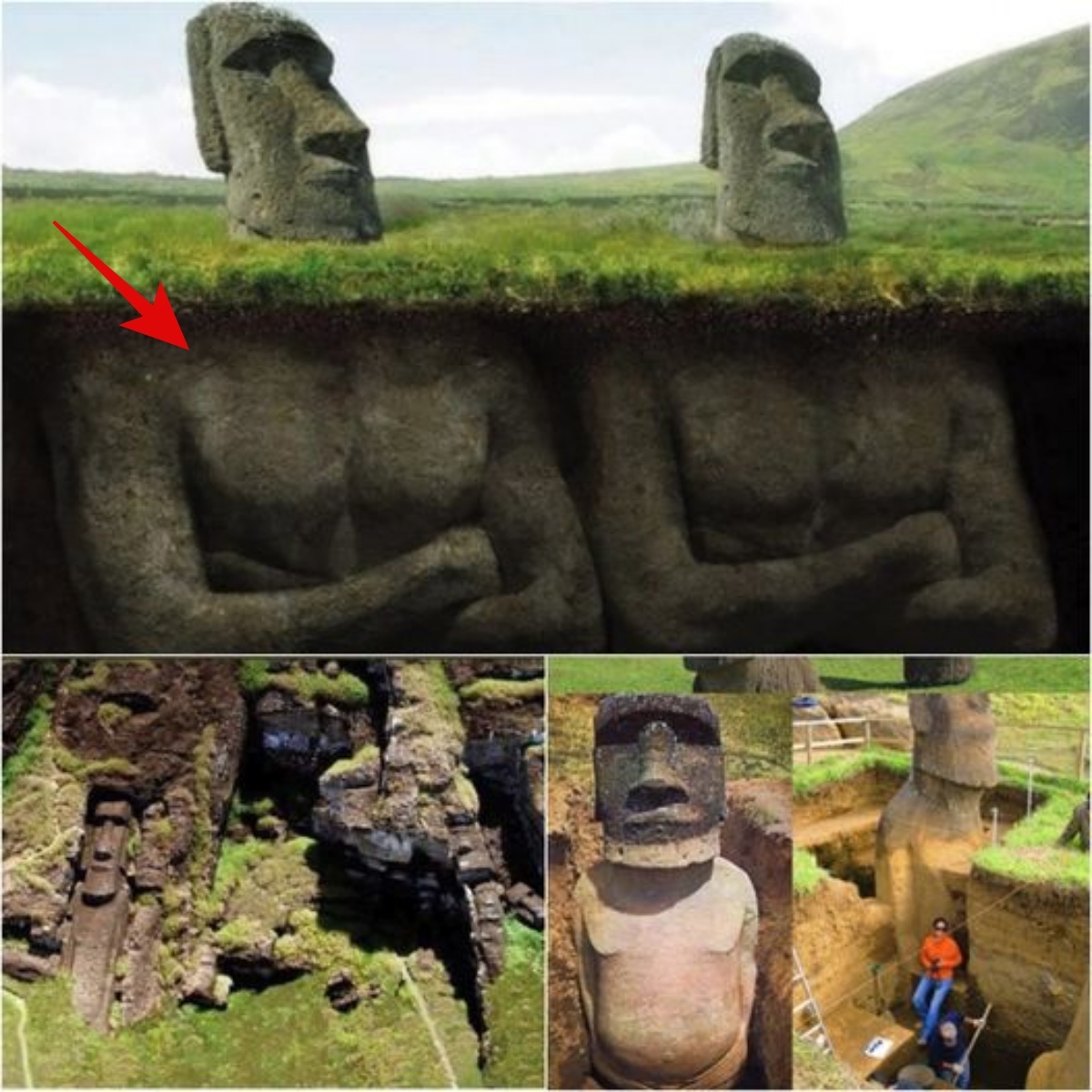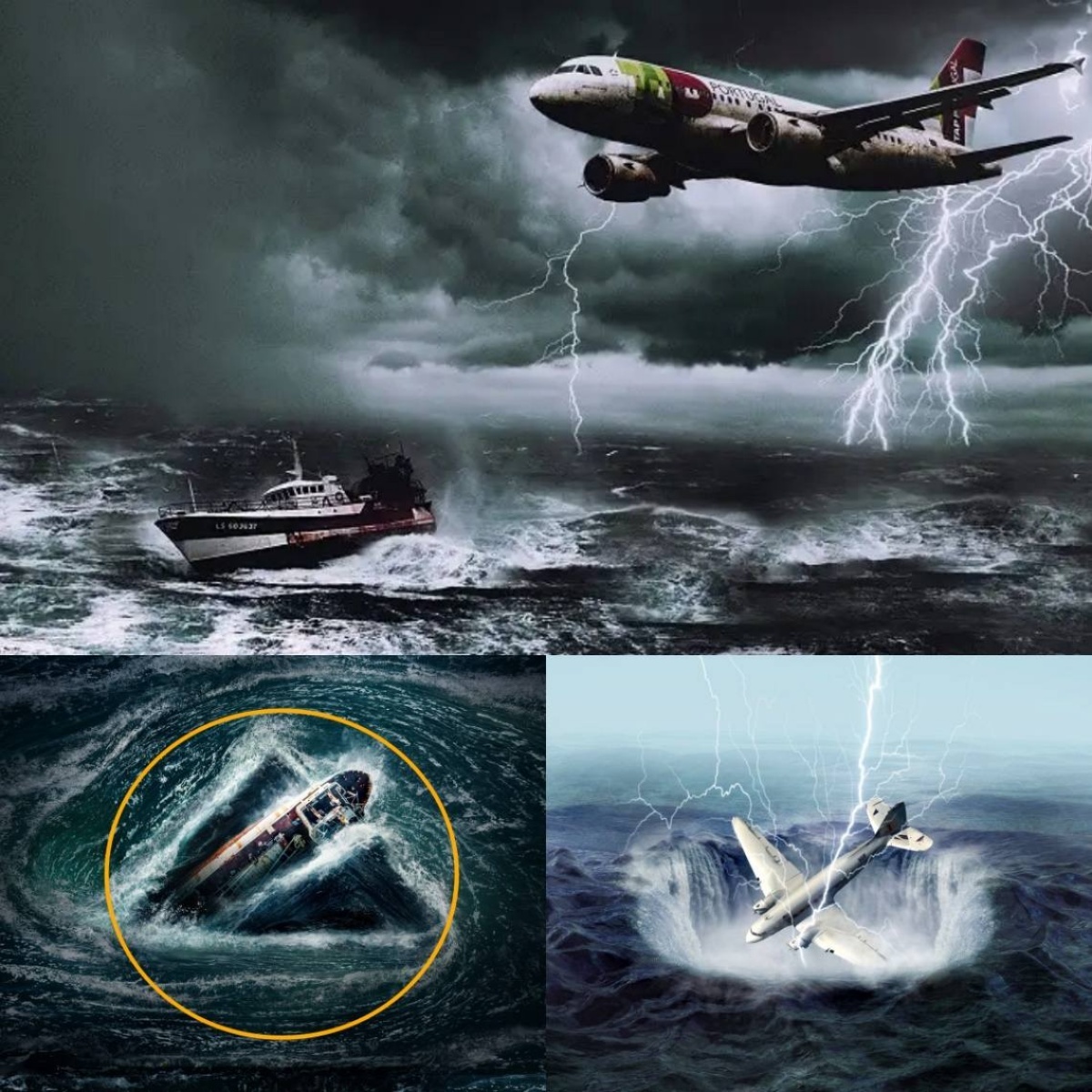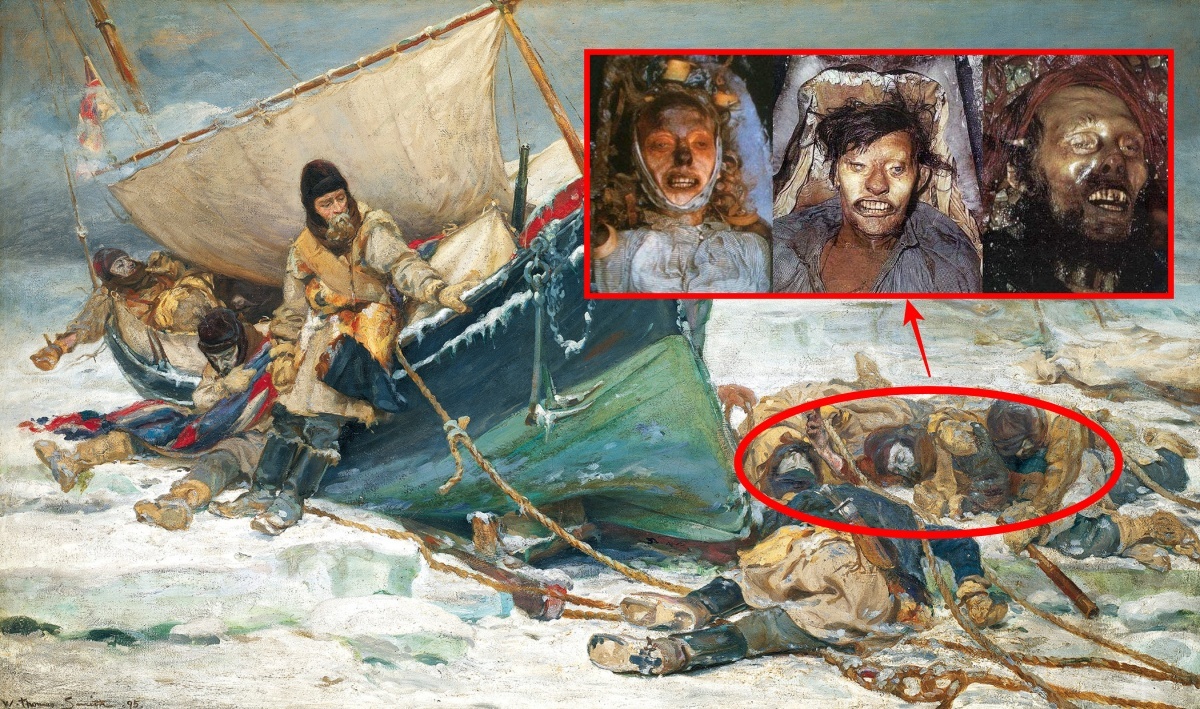
Antarctica, the remote and frozen continent, has long been a subject of fascination and speculation. Recent explorations and scientific investigations have revealed that beyond its formidable ice wall, Antarctica hides secrets that challenge our imagination and understanding of the natural world.
The Ice Wall: A Barrier to Discovery
The towering ice walls of Antarctica serve as a natural barrier, isolating the continent and preserving its mysteries. These ice formations, some of which reach heights of several hundred meters, have deterred explorers for centuries. Only with modern technology have we been able to penetrate this icy fortress and begin to uncover its hidden treasures.
Hidden Ecosystems
One of the most astonishing discoveries beneath the ice is the presence of hidden ecosystems. Deep below the frozen surface, scientists have found subglacial lakes and rivers teeming with microbial life. These organisms have adapted to extreme conditions, thriving in complete darkness and freezing temperatures. The discovery of these ecosystems suggests that life can exist in environments previously thought to be uninhabitable.

Ancient Remains and Geological Wonders
Antarctica’s ice also conceals ancient geological formations and fossils that provide insights into the Earth’s history. Researchers have unearthed remnants of prehistoric forests and fossilized remains of ancient creatures, revealing that the continent was once a lush, temperate landscape. These findings challenge our understanding of climate change and the dynamic nature of Earth’s environments over millions of years.
Unexplored Territories
Despite significant advancements, much of Antarctica remains unexplored. Vast regions of the continent are still inaccessible due to harsh weather conditions and the sheer scale of the ice. However, ongoing expeditions and satellite imagery continue to map and study these remote areas, slowly revealing the secrets they hold.
The Impact on Science and Exploration
The discoveries made in Antarctica have far-reaching implications for science and exploration. They provide valuable data for understanding global climate patterns, the history of our planet, and the potential for life in extreme environments. The research conducted on the continent also informs our search for life beyond Earth, particularly on icy moons and planets with similar conditions.
Conclusion
Antarctica, with its imposing ice walls and hidden depths, remains one of the last great frontiers on Earth. The unimaginable secrets it conceals inspire awe and drive scientific inquiry. As we continue to explore this frozen world, we uncover more about our planet’s past, present, and future, pushing the boundaries of knowledge and discovery.





